Best Raw Material for Maternity Pads: A Comprehensive Guide
Choosing the right maternity pad is crucial for postpartum comfort and hygiene. But with so many options available, it can be overwhelming to know what materials are best. This comprehensive guide will delve into the world of maternity pad materials, exploring their properties, benefits, and why they matter for your postpartum recovery.
Understanding the Need for Specific Maternity Pad Materials
Unlike regular sanitary pads, maternity pads are designed to manage heavier postpartum bleeding (lochia) and cater to sensitive skin recovering from childbirth. This means the materials used are of paramount importance. They need to be:
- Highly absorbent: To effectively manage heavier flow and prevent leaks.
- Gentle on the skin: To avoid irritation and promote healing.
- Breathable: To minimize moisture build-up and reduce the risk of infections.
Let’s explore the different components of a maternity pad and the ideal materials for each:
Decoding the Layers: Key Materials Used in Maternity Pads
1. Absorbent Core Materials: The Heart of Performance
The absorbent core is the most critical part of a maternity pad, responsible for absorbing and locking away fluids. Here’s a breakdown of commonly used materials:

Get Free Sample Kit Of Our Fabric At Your Door Step
- Online Order
- Door Delivery
- 1-Click Quotation
- Superabsorbent Polymers (SAP): These synthetic materials are incredibly effective at absorbing and retaining large volumes of fluid, making them a staple in most modern pads.
- Benefits: High absorbency, thin design, reduced leakage.
- Considerations: Not biodegradable, potential for skin irritation in some individuals.
- Fluff Pulp (Wood Pulp): This natural material is derived from wood and processed to be absorbent.
- Benefits: Natural, biodegradable, often combined with SAP for improved performance.
- Considerations: Lower absorbency compared to SAP alone, may require thicker pads.
- Combined Cores: Many maternity pads use a combination of SAP and fluff pulp to maximize absorbency while maintaining comfort.
2. Top Sheet: The Comfort Layer
The top sheet is the layer that comes in direct contact with your skin, making its material choice crucial for comfort.
- Soft, Non-Woven Materials: These materials are engineered for softness and breathability, minimizing friction and irritation.
- Common Options: Cotton blends, viscose (rayon), polypropylene.
- Benefits: Gentle on sensitive skin, allows for air circulation.
- Organic Cotton: A natural and hypoallergenic option, ideal for sensitive skin.
- Benefits: Chemical-free, breathable, biodegradable.
- Considerations: May be less readily available or more expensive.
3. Backsheet: Preventing Leaks and Promoting Breathability
The backsheet forms the outer layer of the pad, preventing leakage and providing a barrier against moisture.
- Breathable Backsheet Materials: These materials allow air to circulate, preventing moisture build-up and reducing the risk of irritation.
- Common Options: Polyethylene (PE) films with microscopic pores, breathable laminates.
- Benefits: Keeps you feeling dry and comfortable, reduces the risk of infections.
4. Other Important Materials:
- Adhesive Strips: Securely hold the pad in place on your underwear.
- Wings (Optional): Provide additional security and prevent side leakage.
Exploring Eco-Friendly and Sustainable Options
As awareness about environmental impact grows, so does the demand for eco-friendly maternity pad options. Here are some sustainable materials to look out for:
- Organic Cotton: Biodegradable, renewable, and free from harmful chemicals.
- Bamboo: Highly absorbent, naturally antibacterial, and fast-growing, making it a sustainable resource.
- Biodegradable Backsheets: Made from plant-based materials that decompose naturally, reducing waste.
Choosing the Right Material for You: Factors to Consider
- Flow: Heavier flow requires pads with higher absorbency, often containing a higher percentage of SAP.
- Sensitivity: If you have sensitive skin, opt for hypoallergenic materials like organic cotton or pads specifically designed for sensitive skin.
- Environmental Impact: Consider eco-friendly options like organic cotton or bamboo pads with biodegradable components.
- Budget: Prices vary depending on materials and brand, so factor in your budget while making a choice.
FAQs: Addressing Common Concerns
1. Are maternity pads made with SAP safe?
Yes, SAP is generally considered safe for most women. However, some individuals may experience irritation or allergic reactions. If you have concerns, consult your doctor.
2. What are the benefits of using organic cotton maternity pads?
Organic cotton is a natural, breathable, and hypoallergenic material, making it ideal for sensitive skin. It is also biodegradable, reducing your environmental impact.
3. How often should I change my maternity pad?
It’s recommended to change your maternity pad every 3-4 hours, or more frequently if needed, to maintain hygiene and prevent infections.
Favourite Fab: Your Partner in Postpartum Comfort
At Favourite Fab, we understand the importance of using the best materials for maternity pads. That’s why we offer a range of high-quality, comfortable, and reliable options to support your postpartum recovery. Contact us today to learn more about our products and find the perfect fit for your needs.
Contact Us
Email: sale@favouritehub.com
WhatsApp: +91 95288811566



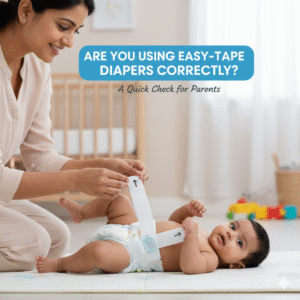
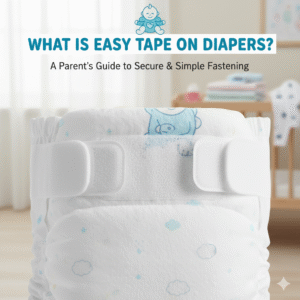
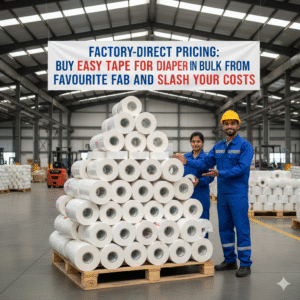

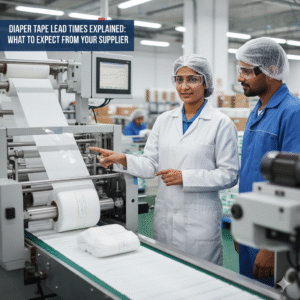
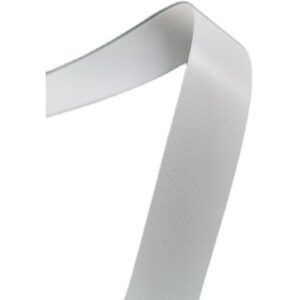
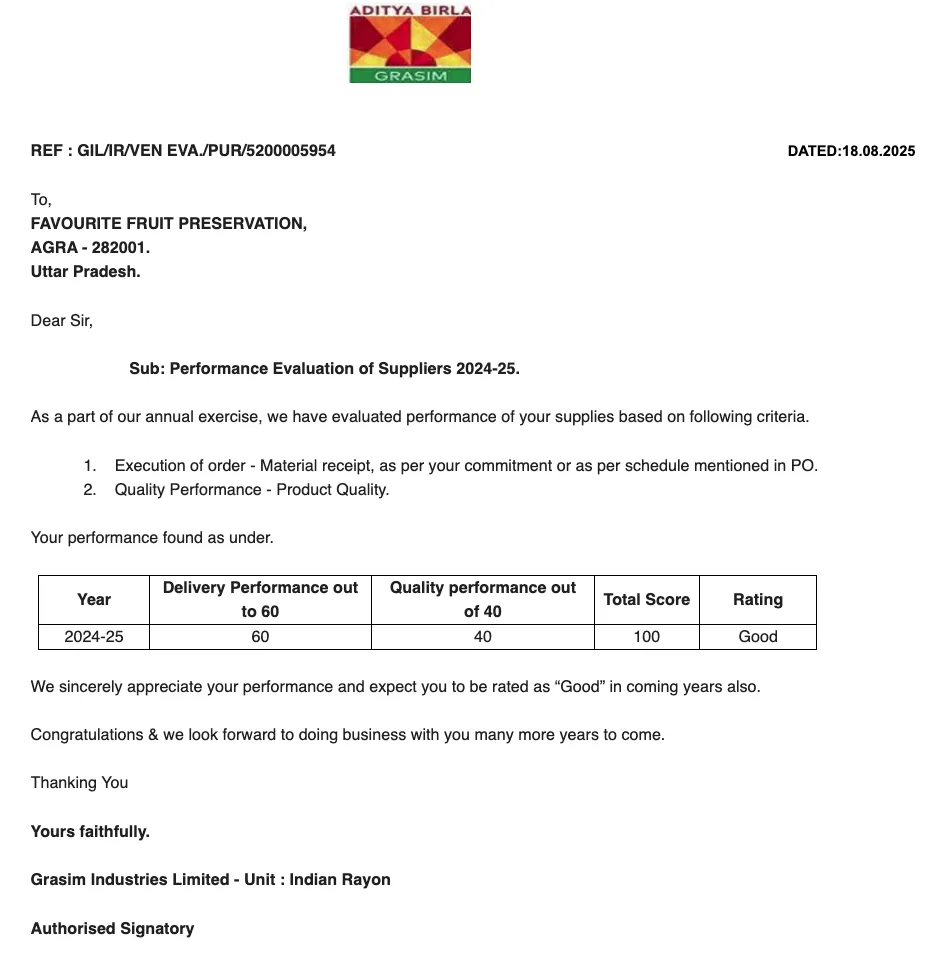




























We Do Business On Trust.Our Nonwoven fabric Business is Built on trust. Trust starts with Transparency.
Mr.Ramniwas Garg Founder Of Favourite Group